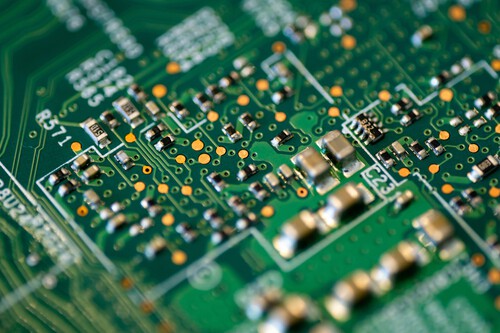GPUs designed for AI are becoming a focal point in the ongoing standoff between the U.S. and China, which has persisted for nearly three years. The U.S. is taking extensive measures to prevent advanced chips from companies such as Nvidia, AMD, Intel, and Cerebras from reaching its rival, China. Meanwhile, the Asian country is heavily investing in the development of its own AI GPUs, supporting companies such as Huawei, Moore Threads, MetaX, Biren Technology, and Innosilicon.
However, this technological competition extends beyond just AI GPUs. The performance of these GPUs is closely tied to High Bandwidth Memory (HBM) chips. The leading manufacturers of HBM chips are South Korean companies SK Hynix and Samsung, as well as the U.S. company Micron Technology. Although there are several Chinese memory manufacturers, they currently lack solutions that can compete with the best products from SK Hynix and Micron.
This gap poses a significant challenge for China, given that the absence of competitive HBM memory hinders the growth of the country’s AI industry. SK Hynix, Samsung, and Micron are ramping up production of 12-layer HBM3E memory, although they’re achieving varying degrees of success.
SK Hynix and Samsung plan to begin large-scale production of HBM4 chips in the second half of 2025, while Micron aims to do so in 2026. In contrast, CXMT, one of China’s leading memory chip manufacturers, isn’t expected to launch its first HBM3E chips until 2027.
South Korea Has Much at Stake in the Ongoing DRAM Chip War, Just as the U.S. Does
SK Hynix currently leads the HBM market with an impressive market share of nearly 70%. The remaining 30% is split between Samsung and Micron. However, Chinese memory chip manufacturers, such as Yangtze Memory Technologies Co. (YMTC) and CXMT, are rapidly gaining traction. For the South Korean government, the semiconductor industry, alongside OLED panel production and battery manufacturing, plays a strategic role, significantly impacting the country’s economy.
Notably, memory chips are vital to South Korea’s trade-dependent economy, driven by substantial demand for these components. This demand has fueled the growth of data centers, particularly for AI applications. Chinese semiconductor manufacturers are keenly aware of this market potential. Companies such as CXMT and YMTC have adopted aggressive pricing strategies to compete effectively.
In particular, CXMT has nearly quintupled its DRAM chip production capacity over the past four years, enabling it to capture a notable 9% of the global market share. This growth positions CXMT just behind Micron, making it the fourth-largest memory chip manufacturer worldwide. Additionally, the Chinese government is providing financial support to its semiconductor industry in response to sanctions from the U.S. and its allies, further enhancing the competitiveness of Chinese companies.
In this context, China presents a significant threat to South Korea’s economy. The semiconductor industry, especially the memory sector, is of strategic importance to South Korea. As such, the country needs to protect the competitiveness of leading companies such as Samsung and SK Hynix from their Chinese competitors.
Rather than contributing to a price collapse, Samsung and SK Hynix are focusing on cutting-edge memory technologies, such as HBM4 and Compute Express Link, to excel in performance and efficiency. This strategy aims to position them at the forefront of the memory chip market for AI applications.
Image | Magnus Engø
Related | China Takes Next Step Toward EV Dominance by Betting on Domestic Chips




View 0 comments